
Tinsel & Treachery
Faction Focus: NorthStar Media Conglomerate
The Guardians of Christmas Joy
History
NorthStar Media began as a modest film studio in the early 20th century, producing seasonal holiday shorts and low-budget animated features. By the 1950s, their star rose with the release of The Snowbound Miracle, a groundbreaking film that became the gold standard for Christmas cinema. NorthStar leveraged this success into an empire, acquiring smaller studios and branching out into merchandising, music production, and even publishing. By the turn of the millennium, they had absorbed half a dozen rival companies and positioned themselves as the undisputed leader in holiday-themed entertainment.
The 21st century saw NorthStar become a pioneer in crafting the Total Holiday Experience. They dominate not just films but also holiday music charts, Christmas toy production, and theme park spectacles. Their vast media reach allows them to dictate the narrative of what Christmas should be, ensuring their branded vision becomes synonymous with the holiday itself. Critics accuse them of monopolizing the holiday spirit, but NorthStar dismisses such claims, instead branding themselves as “the Guardians of Christmas Joy.”
Structure
NorthStar Media is a sprawling megacorporation divided into three primary divisions:
- Film & Entertainment Division: The heart of NorthStar, this branch handles blockbuster holiday movie production, TV specials, and animated features. They churn out dozens of titles every year, ensuring constant saturation of the market.
- Merchandising & Licensing Division: Responsible for every NorthStar-branded product, from collectible ornaments to Christmas pajamas. This division also oversees partnerships with major retailers, securing exclusive deals to flood stores with their goods.
- Public Relations & Cultural Affairs Division: The real power behind NorthStar’s throne, this division manipulates public perception, crafts viral marketing campaigns, and quashes dissent. They are also responsible for “holiday outreach programs,” which are thinly veiled propaganda efforts aimed at ensuring NorthStar’s dominance in the public eye.
The corporation’s executive board, known as The Twelve Stars, wields total control over strategy and direction. Each “Star” oversees some aspect of the company’s operations, and their internal politics are as cutthroat as the external competition.
Tactics
NorthStar’s tactics are a seamless blend of corporate ruthlessness and covert operations.
- Media Supremacy: NorthStar dominates the airwaves and internet, ensuring their holiday-themed content outshines and overshadows competitors. Rival releases are buried under marketing onslaughts, and critics who resist are blacklisted.
- Propaganda Warfare: Through carefully curated campaigns, NorthStar manipulates public opinion to portray themselves as the saviors of Christmas. They frame competitors as threats to tradition and ensure their brand becomes synonymous with the holiday.
- Mercenary Forces: Beneath the glossy image, NorthStar employs professional operatives to carry out more direct forms of competition. From sabotaging rival studios’ sets to intimidating dissident creators, their mercenaries are skilled, discrete, and deadly.
- Economic Strangleholds: NorthStar uses its immense resources to undercut competitors, drive them into bankruptcy, and absorb their assets. Entire production companies have vanished after failing to withstand NorthStar’s financial might.
Philosophy
To NorthStar, Christmas is more than a holiday—it’s an institution, and they are its rightful stewards. They believe their vision of Christmas as a cheerful, commercialized spectacle is the only valid one. Anything that threatens this vision is seen as heretical, and NorthStar will go to any lengths to protect their monopoly over the holiday spirit.
Highlights of recent NorthStar Operations
Operation Silent Slopes: The Reluctant Eastern European Town
When NorthStar Media chose the picturesque town of Krenshova as the backdrop for their holiday blockbuster The Spirit of Snow, the townsfolk resisted. Krenshova’s mayor and council were adamant about preserving their traditions and refused to grant filming permits. NorthStar deployed a team from their Public Relations & Cultural Affairs Division, backed by a mercenary unit disguised as private contractors.
- Tactics Used:
- Economic Leverage: NorthStar offered lucrative “renovation grants” to local businesses, subtly creating a divide between the mayor and opportunistic residents.
- Blackmail: Operatives unearthed incriminating evidence on key council members, forcing their compliance.
- Covert Sabotage: When negotiations faltered, NorthStar agents orchestrated accidents that disrupted local utilities, forcing the mayor to step aside under public pressure.
By the time filming began, Krenshova was fully under NorthStar’s control. The film’s release earned billions, while the town’s resistance became an urban legend buried by a flood of propaganda.
Operation Tinsel Shadow: The Elliot Steele Scandal
Rival studio Candlelight Pictures posed a growing threat to NorthStar’s box office dominance. Their rising star, Elliot Steele, had an untarnished public image, making him the face of their holiday content. To eliminate this threat, NorthStar launched a covert operation to gather damaging kompromat on Steele.
- Tactics Used:
- Honeytrap Operations: A NorthStar operative infiltrated Steele’s inner circle, posing as a trusted confidant.
- Digital Espionage: Hackers from NorthStar’s Intelligence Division accessed Steele’s personal devices, uncovering salacious private correspondence and financial irregularities.
- Controlled Leak: Rather than release the material outright, NorthStar subtly spread rumors, sowing doubt about Steele’s integrity.
The result was devastating. Steele’s reputation crumbled under relentless media scrutiny, and Candlelight Pictures was forced to shelve two major productions. NorthStar emerged unscathed, their media empire stronger than ever.
Operation Candy Cane Crush: Riot Suppression in Factory 46
At Factory 46, one of NorthStar’s sweatshops in Southeast Asia, intolerable working conditions sparked a workers’ riot. The factory produced limited-edition ornaments tied to an upcoming blockbuster, and a delay threatened millions in merchandise sales. NorthStar responded swiftly and brutally.
- Tactics Used:
- Strikebreaking Mercenaries: NorthStar deployed private security contractors equipped with riot suppression gear to regain control of the facility.
- Psy-Ops Campaign: Messages were broadcast across the factory floor, portraying the rioters as saboteurs intent on destroying the workers’ livelihoods.
- Token Concessions: Once the riot was quelled, NorthStar announced minor wage increases and improved break policies to placate the international media.
Though the factory resumed operations within 48 hours, several workers “disappeared” during the incident. NorthStar’s PR Division spun the event as a “tragic misunderstanding” caused by “third-party agitators,” ensuring no significant fallout.



































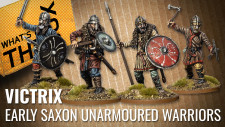











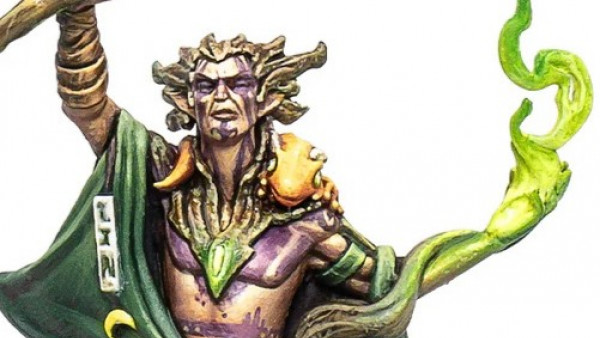


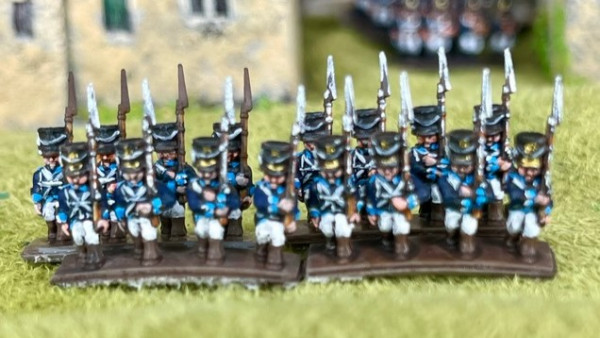
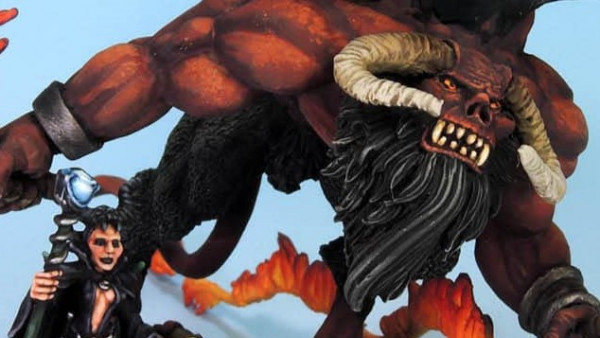
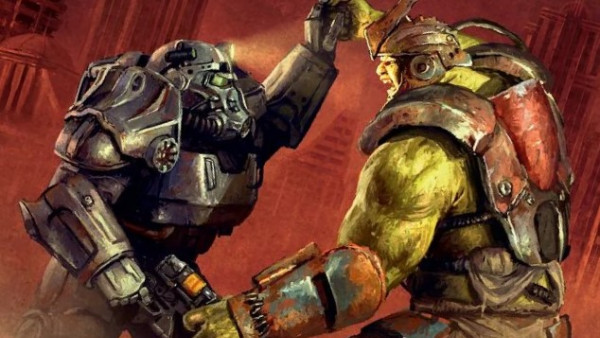
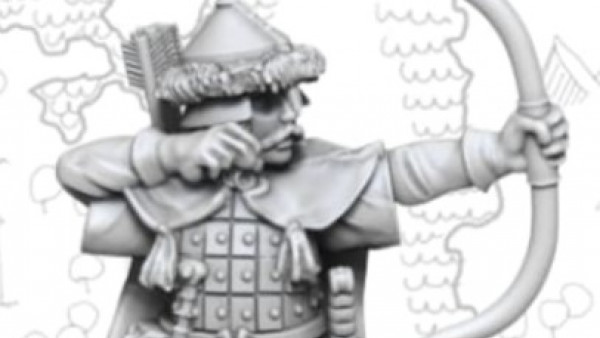
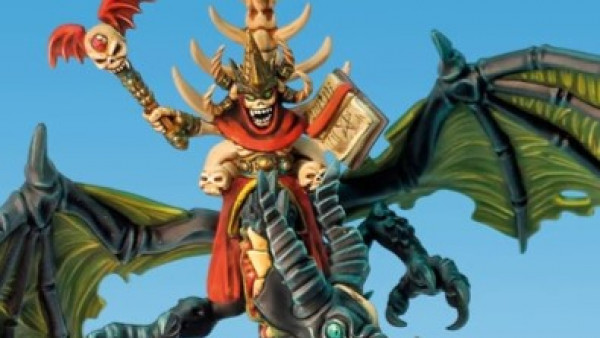
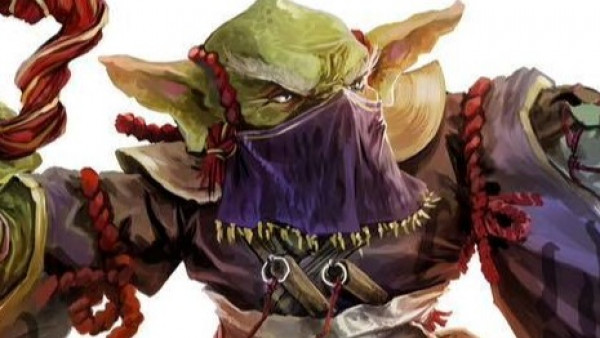
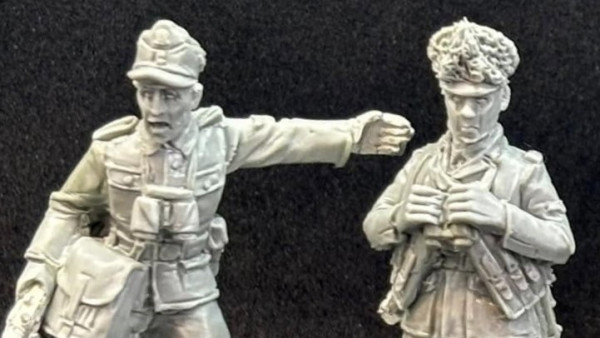


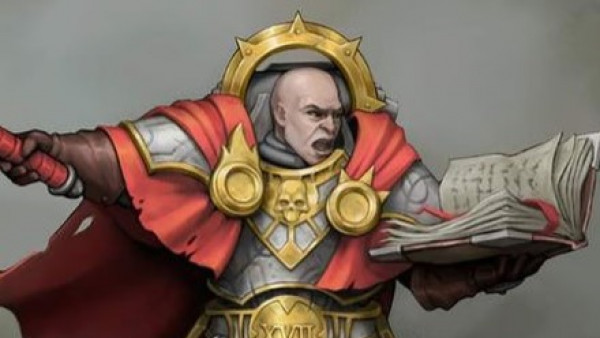


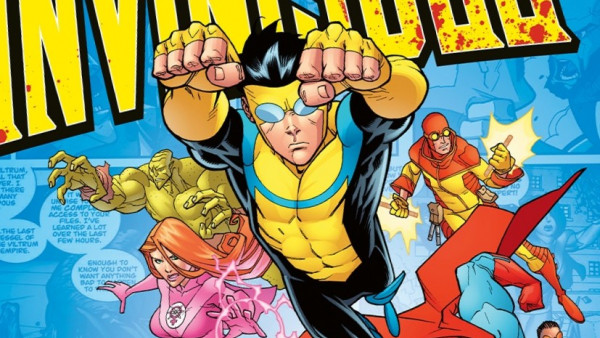
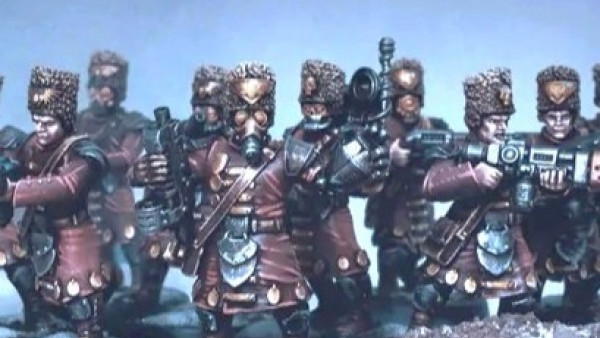




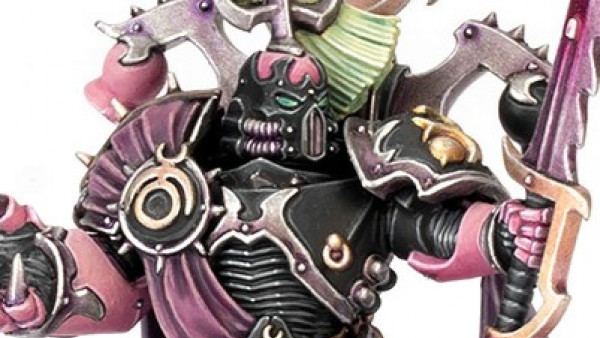




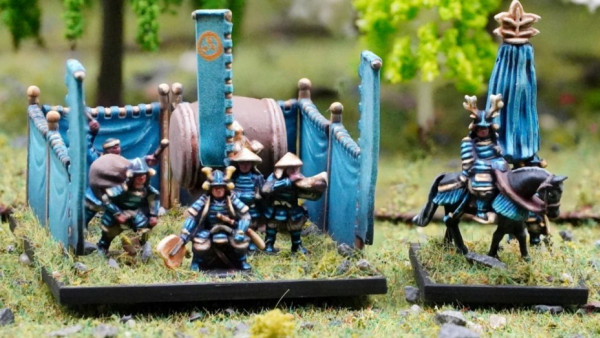

Leave a Reply